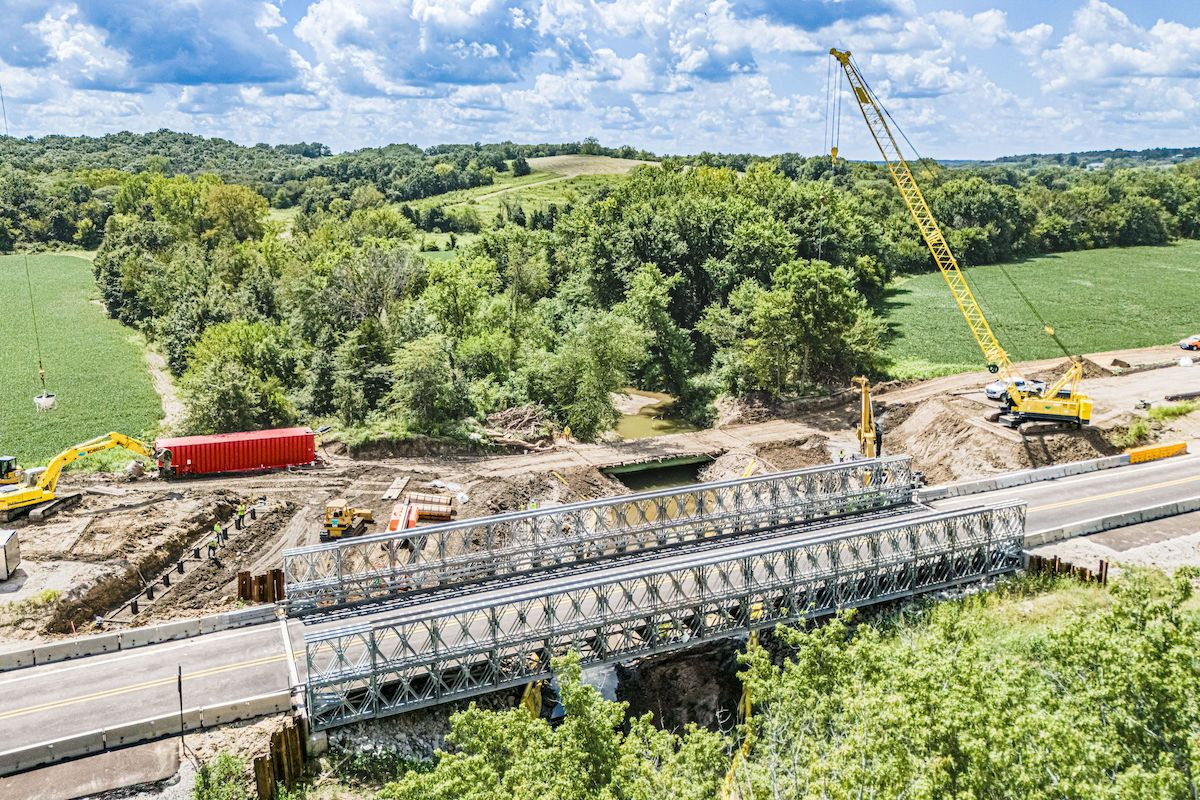The preconstruction phase profoundly impacts construction project outcomes. It’s the first test of how a GC organizes contractors, bids, plans, and communication to win and execute a project. If adeptly managed, preconstruction sets the trajectory for success. Luckily, technology solutions can mitigate gaps in planning, while preconstruction managers and estimators focus on the work technology can’t do.
According to the report, high-performing GCs leveraging modern software consistently delivered projects on time and within budget. Conversely, those relying on non-specialized tools like spreadsheets and outdated legacy software faced delays and budget overruns. Despite the promising results of using preconstruction software, only 15 percent of respondents employed integrated, construction-specific software, while 85 percent still used fragmented general productivity software. This disparity underscores the industry's reputation for slow adoption of integrated, workflow-specific technology.
Once the project’s objectives are clearly outlined, the focus shifts toward defining the project scope, partners, and costs, and creating a well-structured construction schedule. Determining a project schedule is the crucial facet of preconstruction because it will determine all associated partners, materials, costs, and payments. Contractors have to navigate between varying client and subcontractor preferences for flexibility, payments, and deadlines.
An often-overlooked aspect of preconstruction planning involves accounting for long lead times in material procurement. Delays in material acquisition can significantly impact project schedules and costs. In early 2023, Construction Dive reported that even federal funding for infrastructure projects was barely making an impact, with costs rising 20 to 40 percent on projects.

| Your local Link Belt dealer |
|---|
| Kirby-Smith Machinery |
Because preconstruction is complex and extensive, it’s nearly impossible to plug every gap and inefficiency that could affect a project schedule. Factors like labor shortages, weather, and material procurement can be unpredictable. A comprehensive preconstruction platform like the one offered by ConCntric helps preconstruction teams illuminate and fill gaps they might otherwise miss. Adopting preconstruction platforms is the channel to a more resilient construction schedule, ensuring projects stay on budget and teams stay aligned with their objectives.
Issues that are verbally expressed in sporadic preconstruction meetings often result in gaps in understanding the facts, the history of the issue, final decisions made, and more. In addition, stakeholders spend non-productive hours preparing static charts that yield minimal insightful data and lack conclusive directions.
Preconstruction software not only helps to create and follow a master scheduling plan but is also a pivotal tool in fortifying these communication and reporting channels. By providing a centralized platform, contractors can streamline workflow discussions and foster transparent and effective exchanges. Cloud technology transcends geographical barriers, enabling remote teams, on-site personnel, and decision-makers to collaborate seamlessly on real-time plans and reports. Preconstruction software is the bridge that connects internal and external stakeholders, allowing them to connect historical data, share real-time updates, and collectively contribute insights.
Preconstruction platforms play a pivotal role during preconstruction, guiding design, budgeting, and scheduling to prepare for subsequent construction phases. These platforms provide access to real-time data for all stakeholders, enabling quicker turnaround on approvals and more strategic decision-making.
Using a cloud solution also gives contractors unprecedented data storage and access compared to on-premise and manual solutions. By using an integrated, cloud-based preconstruction platform to manage projects, preconstruction managers can quickly access current and historical project data to make informed decisions.
AI-enabled estimating, takeoff, and Building Information Modeling (BIM) software also play instrumental roles in mitigating gaps during preconstruction. They significantly contribute to refining cost estimates and improving designs before schedules and materials are decided. These tools allow all stakeholders to visualize each stage of the project. These innovations substantially cut down cycle times, facilitate quicker decision-making, and amplify project communication.
Furthermore, preconstruction discussions around sustainability and achieving carbon neutrality continue to grow. The integration of eco-conscious materials and methodologies at the early stages of project planning stands as a pivotal step while outlining environmental, social, and governance (ESG) goals.
The convergence of construction technology with these principles not only offers greener construction practices, but also demands early conversations around building materials and methodologies. For example, if a project plans to incorporate self-replicating concrete replacements, they’ll need preconstruction planning to accommodate procurement timelines and the skilled labor needed. These innovations show the industry’s proactive shift toward environmentally friendly construction solutions, shaping the foundation for more sustainable projects right from the preconstruction phase.
As the construction industry continues to steer economic growth, embracing advanced preconstruction tools is imperative. Preconstruction managers must transcend traditional hurdles, leveraging technology to streamline processes and foster efficient, error-free planning. By breaking the cycle of redundancies and adopting modern solutions, contractors can shape a future where projects thrive on the comprehensive budgets and schedules that have been set during preconstruction.
Preconstruction, once an overlooked phase, is now the linchpin of construction project success. The construction industry’s vitality depends on the efficiency and precision of preconstruction efforts. Technology should be the guiding force, bridging gaps in planning, enhancing communication, and steering sustainability at the foundational stages of construction projects. Despite persistent challenges in supply chains, data silos, and skilled labor shortages, the integration of advanced preconstruction platforms promises a transformative future for owners and general contractors.





































































